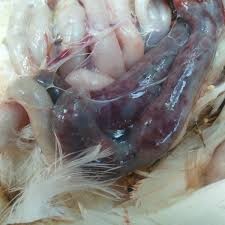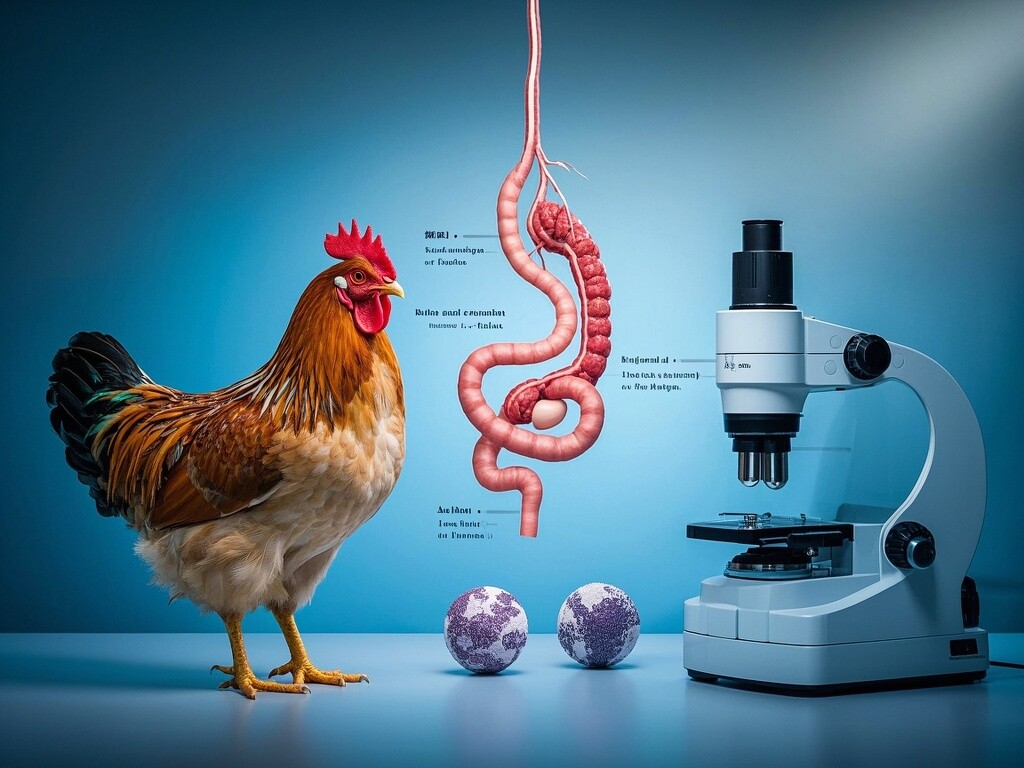------News Center
Understanding Cecal and Small Intestinal Coccidia
Coccidiosis, caused by protozoan parasites of the genus Eimeria, is one of the most economically significant diseases in poultry. Among the various species, cecal coccidia (Eimeria tenella) and small intestinal coccidia (such as Eimeria maxima and Eimeria acervulina) are the most common. While both types affect the digestive tract, they differ in their location, symptoms, and impact on poultry health.
Key Differences Between Cecal and Small Intestinal Coccidia

Diagnosis and Identification
Accurate diagnosis is essential for effective coccidiosis management. Here are the primary methods to differentiate between cecal and small intestinal coccidia:
- Gross Lesions: Examine the digestive tract post-mortem. Cecal coccidia cause distinct hemorrhagic lesions in the ceca, while small intestinal coccidia lead to whitish plaques and thickened walls.
- Microscopic Examination: Oocyst morphology varies between species. Eimeria tenella oocysts are spherical, while Eimeria maxima oocysts are larger and more oval.
- PCR and Molecular Techniques: Advanced diagnostics can confirm species-specific infections, especially in subclinical cases.
Management Strategies
Effective control of coccidiosis requires a combination of preventive and therapeutic measures:
- Vaccination: Live attenuated vaccines are available for both cecal and small intestinal coccidia. Ensure proper administration to stimulate immunity.
- Anticoccidials: Rotate between ionophores and synthetic drugs to prevent resistance. Monitor efficacy regularly.
- Biosecurity: Maintain clean housing, reduce moisture, and implement strict sanitation protocols to minimize oocyst exposure.
- Nutritional Support: Supplement diets with vitamins (A, E, K) and probiotics to enhance gut health and recovery.
Why Early Identification Matters
Misdiagnosis can lead to ineffective treatments and prolonged economic losses. For instance, using anticoccidials effective against small intestinal species may not resolve a cecal coccidia outbreak. Early and accurate identification ensures targeted interventions, reducing mortality and improving flock performance.
Partner with Experts for Sustainable Solutions
At [VIBOV], we offer tailored coccidiosis management programs, including diagnostic services, vaccine recommendations, and farm-specific biosecurity plans. Our team of veterinarians and poultry health specialists is committed to helping you optimize flock health and productivity. Contact us today for a consultation.

